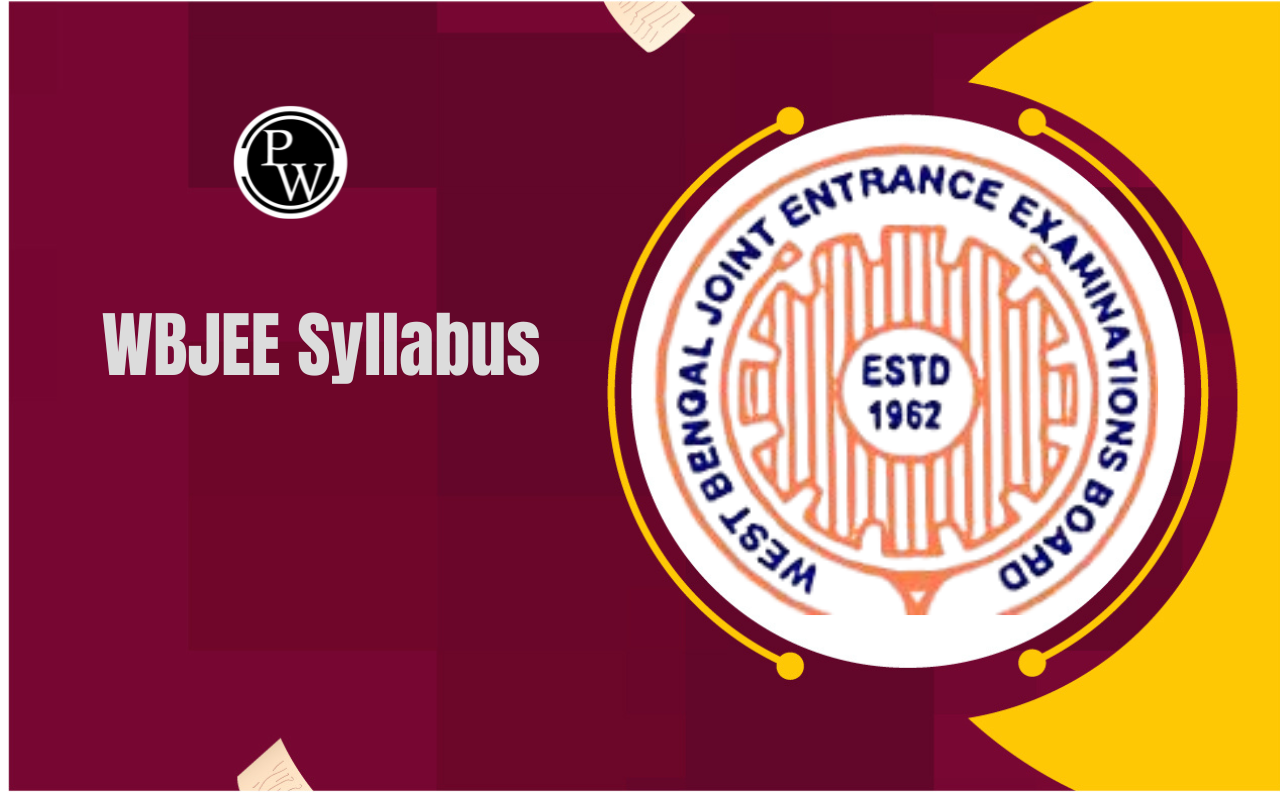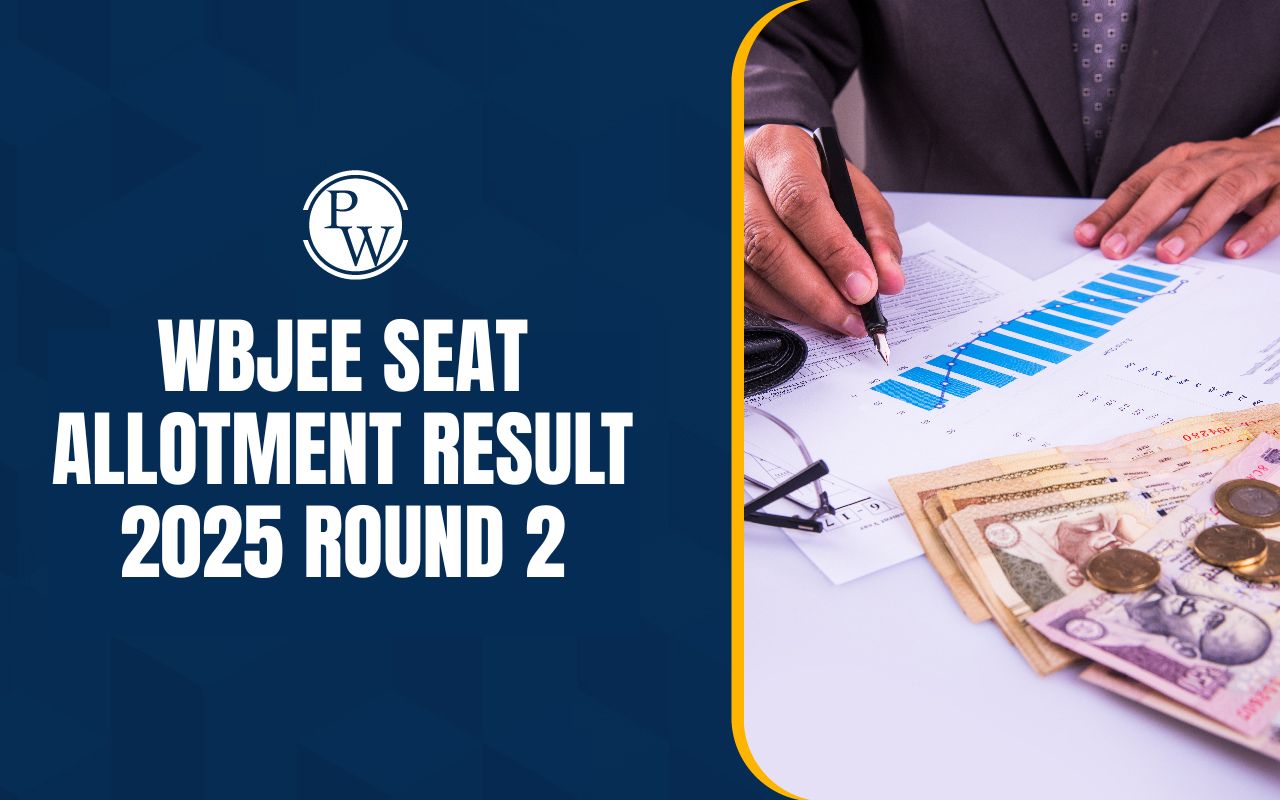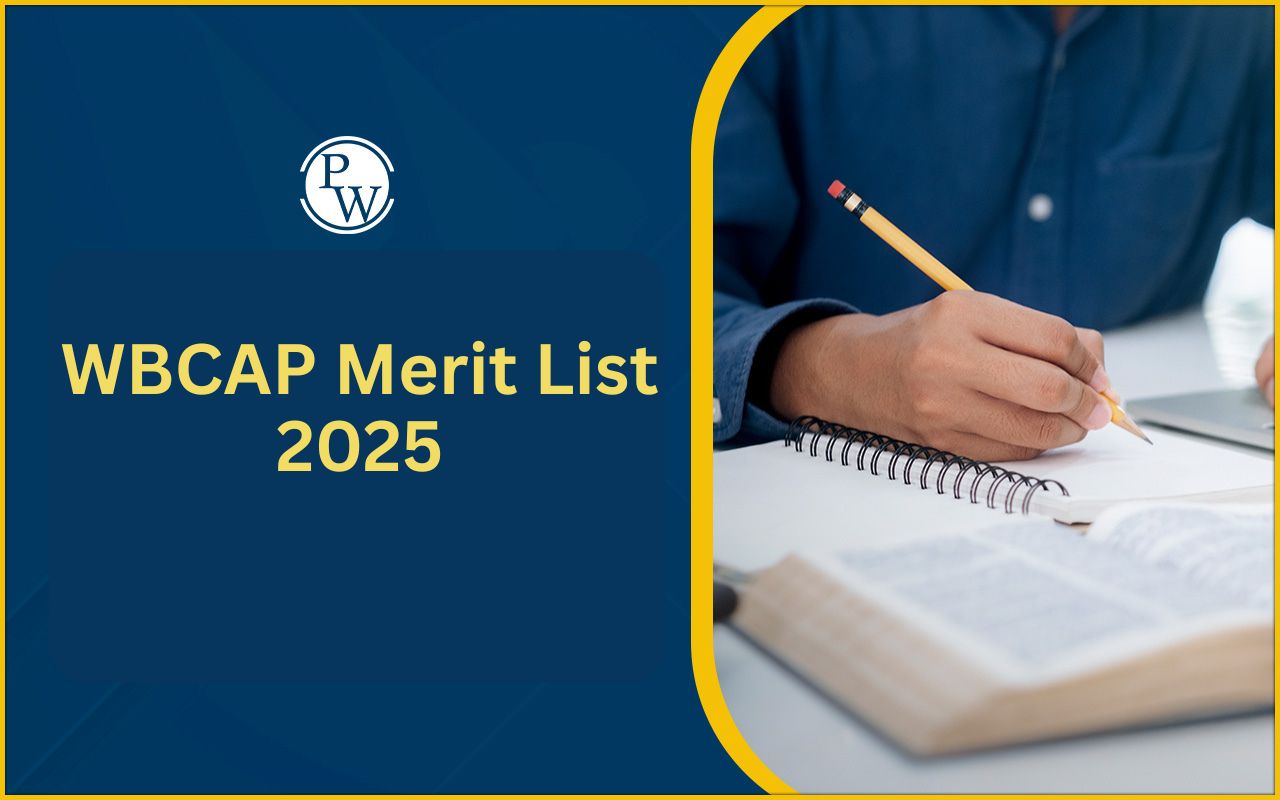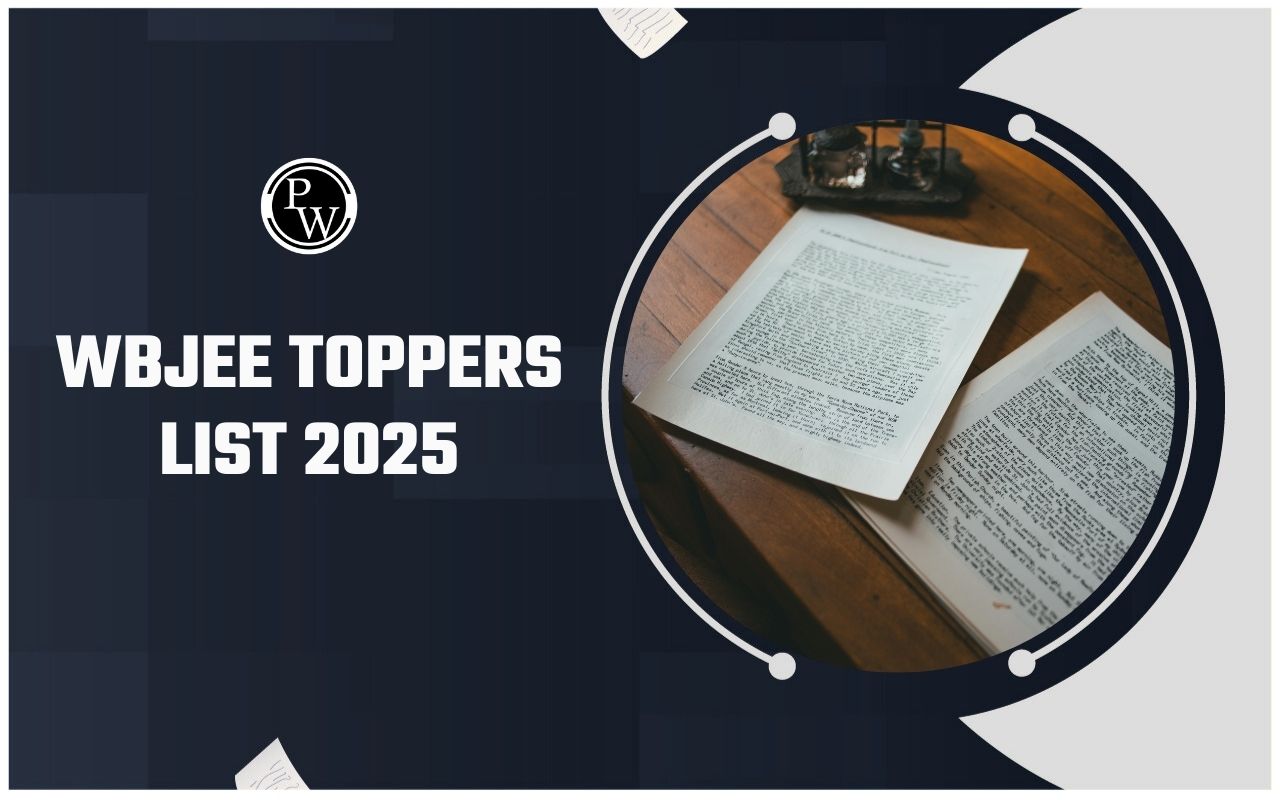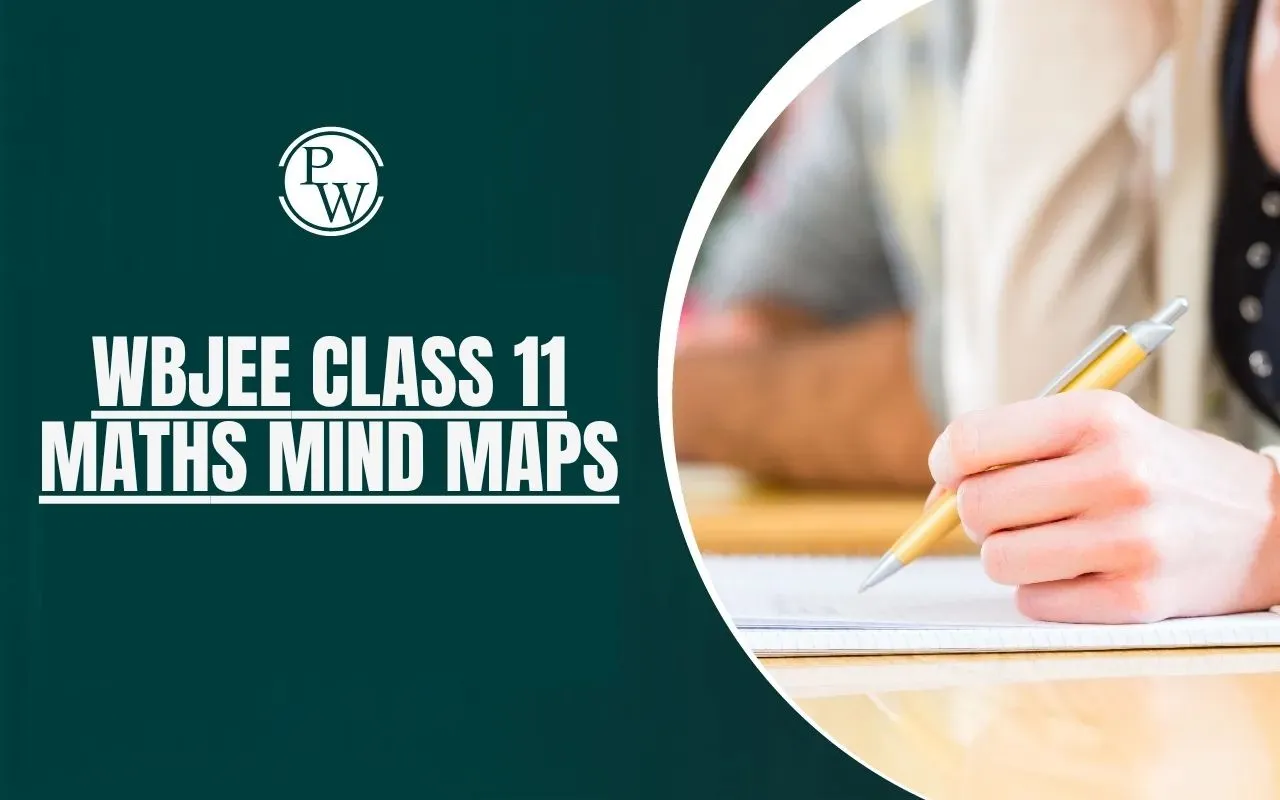
WBCHSE Class 11 Maths Syllabus 2024-25 : The WBCHSE Class 11 Maths Syllabus 2024-25 has been released by the West Bengal Council of Higher Secondary Education (WBCHSE).
This updated syllabus follows a semester-wise format, helping students better manage their studies and focus on specific topics for each exam. The exams for Class 11 will begin in March 2025. Students often face challenges with time management and understanding complex topics like algebra and calculus. Following the WBCHSE Class 11 Exam Pattern , completing the syllabus on time, and meeting the eligibility criteria are important steps. Effective preparation tips include regular practice, reviewing previous papers, and seeking help from teachers to clear doubts. The WBCHSE syllabus 2025 and important guidelines can be downloaded from the official WBCHSE website.WBCHSE Class 11 Maths Semester wise Syllabus 2024-25
The WBCHSE Class 11 Maths syllabus is divided into two semesters to help students manage their preparation better. Each semester covers specific sections of the syllabus, and the details are mentioned below.WBCHSE Class 11 Maths Syllabus 2024-25 Semester 1
Semester 1 covers fundamental concepts that build the foundation for advanced topics in mathematics. It’s important for students to focus on this part for a strong base. Detailed semester syllabus information is provided below.| WBCHSE Class 11 Maths Syllabus 2024-25 Semester 1 | |||
|---|---|---|---|
| UNIT No. | TOPICS | CONTACT HOURS | MARKS |
| Unit I | Sets | 15 | 4 |
| Sets and their representations, Empty set, Finite and Infinite sets, Equal sets, Subsets, Subsets of the set of real numbers especially intervals (with notations). Power set. Universal set. Venn diagrams. Union and Intersection of sets. Difference of sets. Complement of a set. Properties of Complement sets. | |||
| Unit I | Relations and Functions | 15 | 4 |
| Ordered pairs. Cartesian product of sets, Number of elements in the Cartesian product of two finite sets. Cartesian product of the set of reals with itself (up to R x R x R). Definition of relation, pictorial diagrams, domain, co-domain, and range of a relation. Function as a special kind of relation from one set to another. Pictorial representation of a function, domain, co-domain, and range of a function. Real-valued functions, domain and range of these functions, constant, identity, polynomial, rational, modulus, exponential, logarithmic, signum, and greatest integer functions with their graphs. sum, difference, product, and quotients of functions. | |||
| Unit I | Trigonometric Functions | 15 | 7 |
| Positive and negative angles, Measuring angles in radians and in degrees and conversion from one measure to another. Definition of trigonometric functions with the help of a unit circle. Truth of the identity sin²x + cos²x = 1, for all x. Signs of trigonometric functions, domain, range, and sketch their graphs. Expressing sin(x ± y) and cos(x ± y) in terms of sin x, cos x, sin y, and cos y. | |||
| Deducing identities like the following: | |||
| tan(x±y)=(tanx±tany)/(1∓tanxtany)tan(x ± y) = (tan x ± tan y)/(1 ∓ tan x tan y) , cot(x±y)=(cotxcoty−1)/(coty+cotx)cot(x ± y) = (cot x cot y - 1)/(cot y + cot x) , sinx±siny=2sin((x±y)/2)cos((x−y)/2)sin x ± sin y = 2 sin((x ± y)/2) cos((x - y)/2) , cosx+cosy=2cos((x+y)/2)cos((x−y)/2)cos x + cos y = 2 cos((x + y)/2) cos((x - y)/2) , sinx−siny=2cos((x+y)/2)sin((x−y)/2)sin x - sin y = 2 cos((x + y)/2) sin((x - y)/2) , cosx−cosy=−2sin((x+y)/2)sin((x−y)/2)cos x - cos y = -2 sin((x + y)/2) sin((x - y)/2) . | |||
| Identities related to sin2x, cos2x, tan2x, sin3x, cos3x, and tan3x. General solutions of trigonometric equations of the type sin θ = sin α, cos θ = cos α, and tan θ = tan α. | |||
| Unit II | Algebra | 30 | 15 |
| Complex Numbers and Quadratic Equations | 13 | 6 | |
| Need for complex numbers, especially √(-1), to be motivated by the inability to solve some of the quadratic equations. Algebraic properties of complex numbers. Argand plane, polar representation of complex numbers, moduli, argument, solution of quadratic equation in complex number system. | |||
| Linear Inequalities | 5 | 4 | |
| Linear inequalities. Algebraic solutions of linear inequalities in one variable and modulus function and their representation on the number line. Graphical solution of linear inequalities in two variables. | |||
| Unit III | Calculus | 25 | 10 |
| Limits and Derivatives | |||
| Intuitive idea of limit. Limits of polynomials and rational functions, trigonometric, exponential, and logarithmic functions. Derivative introduced as rate of change both as that of distance function and geometrically. Definition of derivative, relate it to scope of tangent of the curve, derivative of sum, difference, product, and quotient of functions. Derivatives of polynomial and trigonometric functions. | |||
WBCHSE Class 11 Maths Syllabus 2024-25 Semester 2
Semester 2 takes students through more advanced mathematical topics, crucial for their academic progression. To perform well, students should prepare thoroughly. The exact details of the Semester 2 syllabus are mentioned below.| WBCHSE Class 11 Maths Syllabus 2024-25 Semester 2 | |||
|---|---|---|---|
| UNIT No. | TOPICS | CONTACT HOURS | MARKS |
| Unit-I | Algebra | 35 | 15 |
| 1. Principle of Mathematical Induction | 7 | 3 | |
| Process of the proof by induction motivating the application of method by looking at natural numbers as the least inductive subset of real numbers. The principle of mathematical induction and simple applications. | |||
| 2. Binomial Theorem | 13 | 6 | |
| History, Statement, and proof of the binomial theorem for positive integral indices. Pascal’s Triangle, General and middle term in Binomial expansion, Simple applications. | |||
| 3. Sequence and Series | 15 | 6 | |
| Sequence and series. Arithmetic Progression (A.P.), Arithmetic Mean (A.M.), Geometric Progression (G.P.), Geometric Mean (G.M.) relation between A.M. & G.M., Arithmetic-Geometric Progression Series (AGP series), infinite G.P. and its sum, sum to n terms of the special series Σx, Σx² and Σx³. | |||
| Unit-II | Coordinate Geometry (2D) | 30 | 15 |
| 1. Straight Lines | 10 | 5 | |
| Brief recall of two-dimensional geometry from earlier classes. Slope of a line and angle between two lines. Various forms of equations of a line: Parallel to Axis, Point-slope form, slope-intercept form, two-point form, intercept form, distance of a point from a line. | |||
| 2. Conic Sections | 20 | 10 | |
| Sections of a Cone: circle, ellipse, parabola, hyperbola, a point, a straight line and a pair of intersecting lines as a degenerated case of conic section; Standard equation of circle, general equation of circle, Standard equations and simple properties of Parabola, Ellipse and Hyperbola. | |||
| Unit-III | Statistics and Probability | 15 | 10 |
| 1. Statistics | 5 | 3 | |
| Measures of dispersion: Range, mean deviation, variance, and standard deviation of ungrouped/grouped data. | |||
| 2. Probability | 10 | 7 | |
| Random experiments, outcomes, Sample spaces (set representation), Events: Occurrence of events, ‘not’, ‘and’ and ‘or’ events, exhaustive events, mutually exclusive events, Axiomatic (set theoretic) probability, connections with other theories of earlier classes. Probability of an event, probability of ‘not’, ‘and’ and ‘or’ events. | |||
WBCHSE Class 11 Maths 2024-25 Projects List
The project list for Class 11 Maths is designed to engage students in practical applications of the concepts learned throughout the year. The list of projects and their descriptions are provided below.| WBCHSE Class 11 Maths 2024-25 Projects List | ||
|---|---|---|
| Sl. No. | Topics | Activities |
| 1 | Sequence and Series | To illustrate that the arithmetic mean of two different positive numbers is always greater than the geometric mean. |
| 2 | Complex Number | To interpret geometrically the meaning of i = √(-1) and its integral powers. |
| 3 | Trigonometric Functions | To illustrate the values of sine and cosine functions for different angles which are multiples of π/2 and π. |
| 4 | Theory of Sets | To show that the total number of subsets of a given set with 'n' number of elements is 2^n. |
| 5 | Theory of Sets | Theoretic Operations using Venn Diagrams. |
| 6 | Relations and Functions | To verify that for two sets A and B, n(A × B) = pq and the total number of relations from A and B is 2^(pq), where n(A) = p and n(B) = q. |
| 7 | Limits and Derivatives | To find analytically lim(x → c) (x^2 - c^2) / (x - c). |
| 8 | Probability | To write the sample space, when a coin is tossed once, two times, three times. |
| 9 | Conic Sections | To recognize different types of conics and their parts. |
| 10 | Permutations and Combinations | To find out the number of permutations and combinations from a set of 3 different objects taking 2 at a time. |
WBCHSE Class 11 Maths Marks Division for Project Assessment
The marks for project assessments are divided across different components, including written work and oral presentations. To understand how the marks are allocated, check the detailed breakdown below.| WBCHSE Class 11 Maths Marks Division for Project Assessment | ||
|---|---|---|
| Sl. No. | Item | Marks |
| 1 | Project Notebook | 10 |
| 2 | Doing and writing a project during the project assessment | 5 |
| 3 | Viva | 5 |
| Total | 20 | |
WBCHSE Class 11 Maths Syllabus 2024-25 PDF Download
Students can easily download the WBCHSE Class 11 Maths Syllabus 2024-25 PDF from the official WBCHSE website or the given link below. This will allow you to get a clear understanding of the topics covered and plan your studies effectively. To download the PDF and begin preparing, simply click on the download PDF link below.WBCHSE Class 11 Maths Syllabus 2024-25 PDF Download Link
Important Points for WBCHSE Class 11 Maths Syllabus 2024-25
While preparing for the Maths syllabus, students should prioritize time management, regular revision, and problem-solving practice. These key points are explained in further detail below to guide students effectively.Plan Your Study Time : Mathematics requires a lot of practice, so it’s important to allocate sufficient time for each topic. Set aside time for learning concepts and solving problems to strengthen your understanding.
Focus and Consistency : Stay focused and work on math problems regularly. Mathematics builds on previous concepts, so solving exercises consistently will help you understand more complex topics as you progress.
Prioritize Key Topics : Identify and mark the key chapters like Calculus, Algebra, and Trigonometry, which are often asked in exams. Focus on these chapters while making sure not to neglect other topics.
Ask for Help When Needed : If you find any topic difficult, ask your teachers or friends for help. Math requires a clear understanding of concepts, so it’s important to clarify your doubts as soon as possible.
Finish Syllabus Early : Aim to complete the mathematics syllabus at least 3 months before the exams. This will give you time to focus on solving previous years' papers and mock tests to get comfortable with different types of questions.
Revise and Practice : After completing the syllabus, focus on revision and practicing a variety of problems. Solving past papers will help you get used to the exam format and identify areas where you need more practice.
Practice Time Management : During your revision, time yourself while solving practice papers. This will help you manage your time better during the actual exam, ensuring you can complete all the questions.
WBCHSE Class 11 Maths Syllabus 2024-25 FAQs
1. Where can I find the WBCHSE Class 11 Maths Syllabus 2024-25?
2. What is the structure of the WBCHSE Class 11 Maths exam pattern?
3. How can I best prepare for the WBCHSE Class 11 Maths exam?
4. How much time should I dedicate to completing the syllabus?
5. How can I manage my time during the WBCHSE Class 11 Maths exam?

